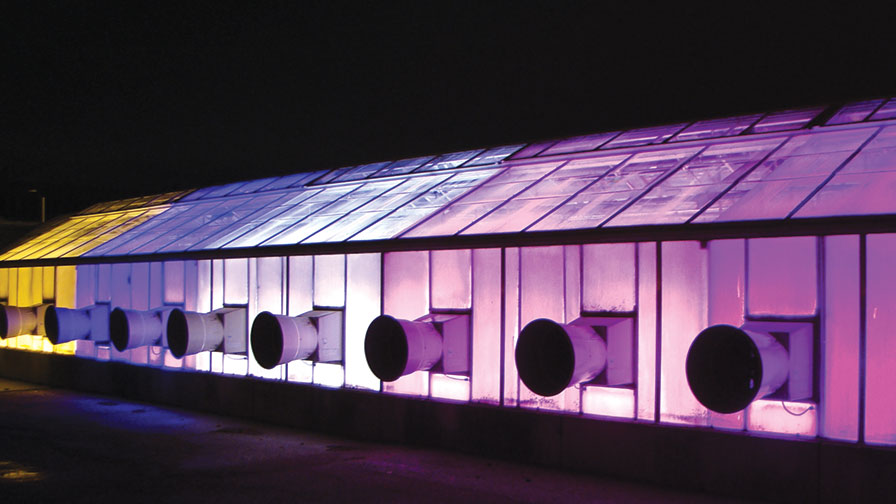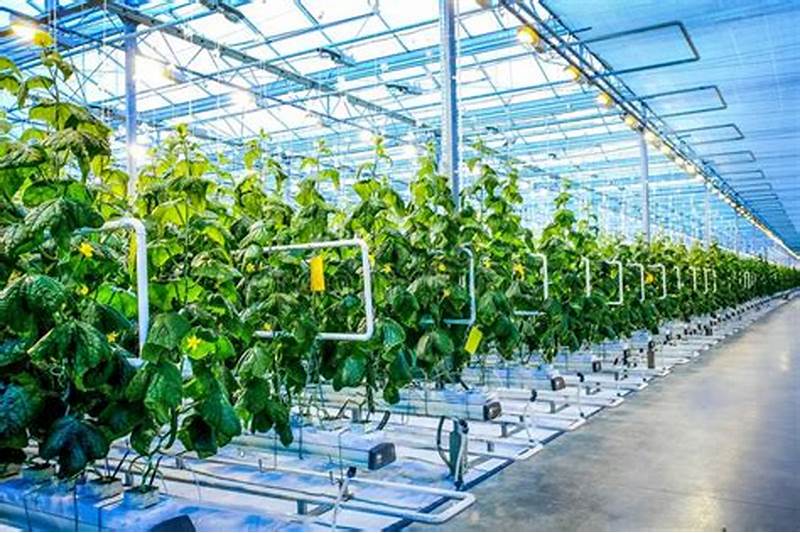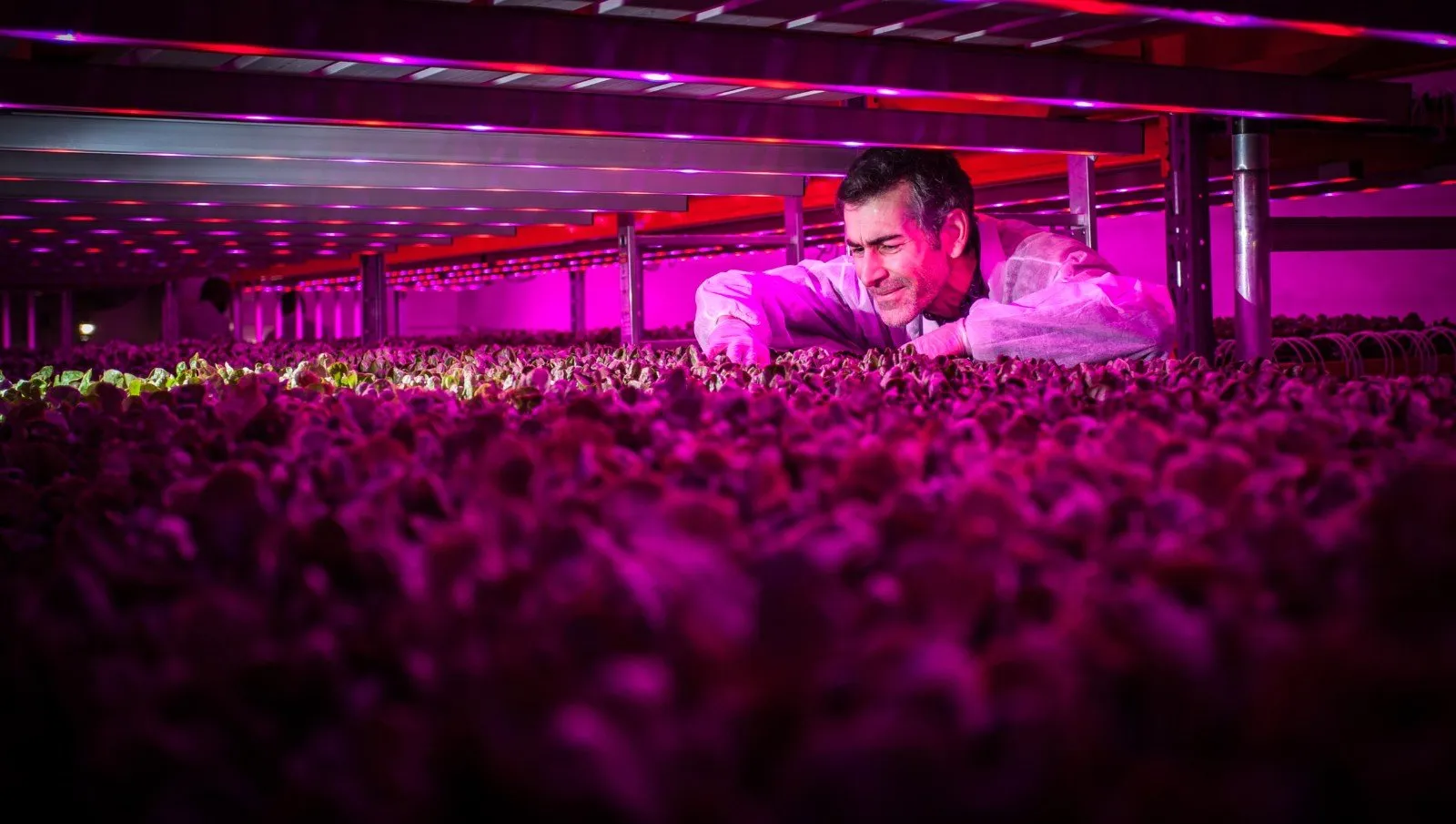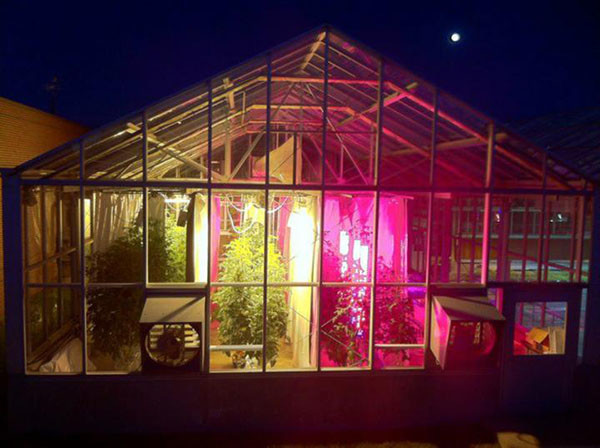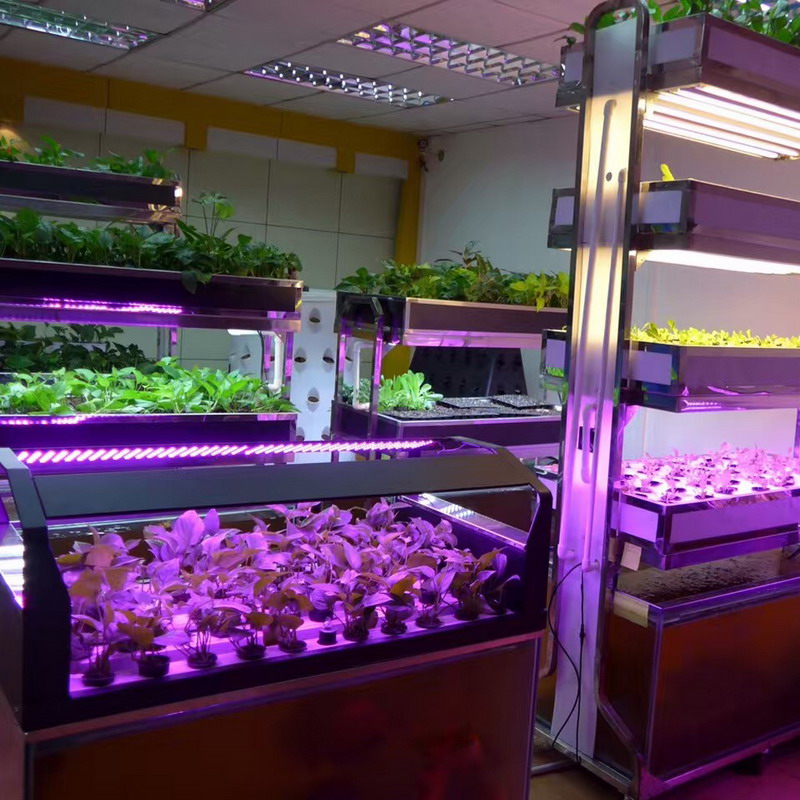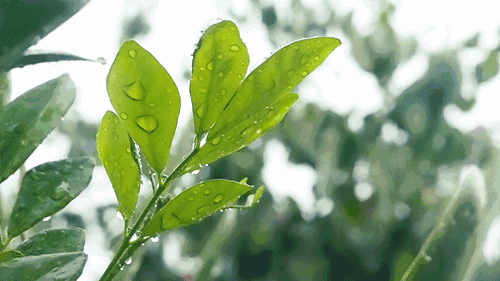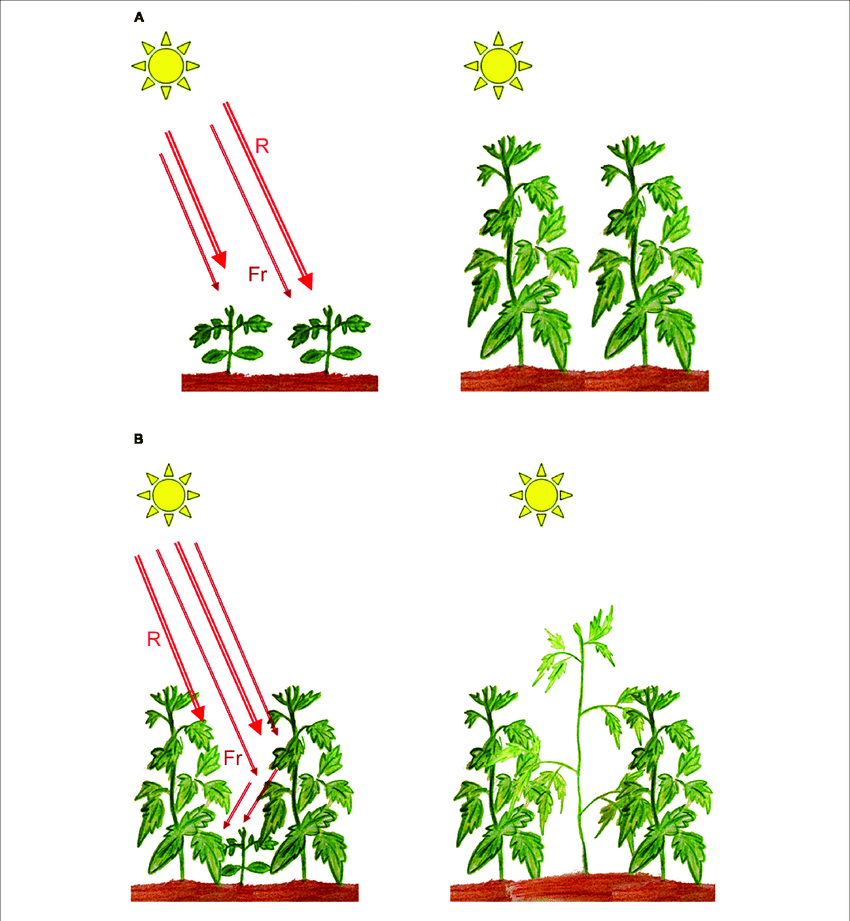Nederhoff (2000) pointed out that LED is a promising technology for greenhouse lighting, which is more efficient and feasible than HPS. The photoelectric conversion efficiency of some LEDs is higher than that of HPS and is still improving. Also, red light is higher than HPS lamps in activating plant photosynthesis. LEDs have special light qualities …
More-
Greenhouse Lighting Technology
-
Facility Horticultural Semiconductor Lighting Technology
Facility horticultural lighting is a power-consuming process and a production engineering technology. Energy saving and high efficiency are the main goals to pursue. The facility horticultural LED lighting system is the executive body of the facility horticultural semiconductor lighting, and its intelligence and energy-saving performance are directly related to the lighting efficiency and effect. From …
More -
Photomorphogenetic Signals in Plants
Based on a systematic review of the role of phytochromes in stress response and research progress in defense mechanisms in recent years, the improvement of crop resistance by utilizing light quality and genetic improvement of genes related to phytochrome signaling pathway in horticultural plant production was discussed. The importance of promoting increased crop yields and …
More -
Effects of Continuous Lighting on Plants
Continuous illumination refers to a photoperiod management method that uses artificial light sources under the condition that the illumination intensity and light quality are determined, and the illumination time exceeds 24 hours. Continuous light can increase the growth of Arabidopsis, lettuce, several types of potatoes, rosettes (Velez-Ramirez et al., 2011). However, continuous light can reduce …
More -
Photomorphogenetic Signals in Plants
Based on a systematic review of the role of phytochromes in stress response and research progress in defense mechanisms in recent years, the improvement of crop resistance by utilizing light quality and genetic improvement of genes related to phytochrome signaling pathway in horticultural plant production was discussed. The importance of promoting increased crop yields and …
More -
Principles of plant light quality photosynthesis and photomorphogenesis efficiency
There are two mechanisms by which light affects plant growth, development and yield and quality: one is to affect the photomorphogenesis of plants through photoreceptors; the other is to regulate plant photosynthesis through photosynthetic pigments, changing carbon and ammonia metabolism and photosynthetic products in plants. allocation. In addition to light intensity and photoperiod, light quality …
More -
Effect of LED Grow Light Quality on Nitrate Content(二)
Urbonaviciute et al. (2007) studied the effects of 92% LED red light (640nm) + 8% near-ultraviolet light, 86% LED red light + 14% LED blue light, 90% LED red light + 10% cyan light on lettuce with fluorescent lamps as a control. Growth and effects of nitrate content. The sugar content of 86% LED red …
More -
Effect of LED Grow Light Quality on Nitrate Content(一)
The accumulation of nitrate in vegetables is a complex process, which is controlled by nitrate nitrogen absorption, reduction and assimilation, and is affected by light conditions. The main way of nitrogen assimilation in plants is that the ammonia generated by the reduction of nitrate nitrogen directly participates in the synthesis and transformation of amino acids, …
More -
Typical state of plant photosynthesis(四)
avoidance reaction The mechanism of how crops respond to changes in light signals in the surrounding environment has always been one of the hotspots of international botany research. The plant shade avoidance response refers to the interaction of various forms of light signal receptors in cells, which causes stem elongation after sensing that the plant …
More

